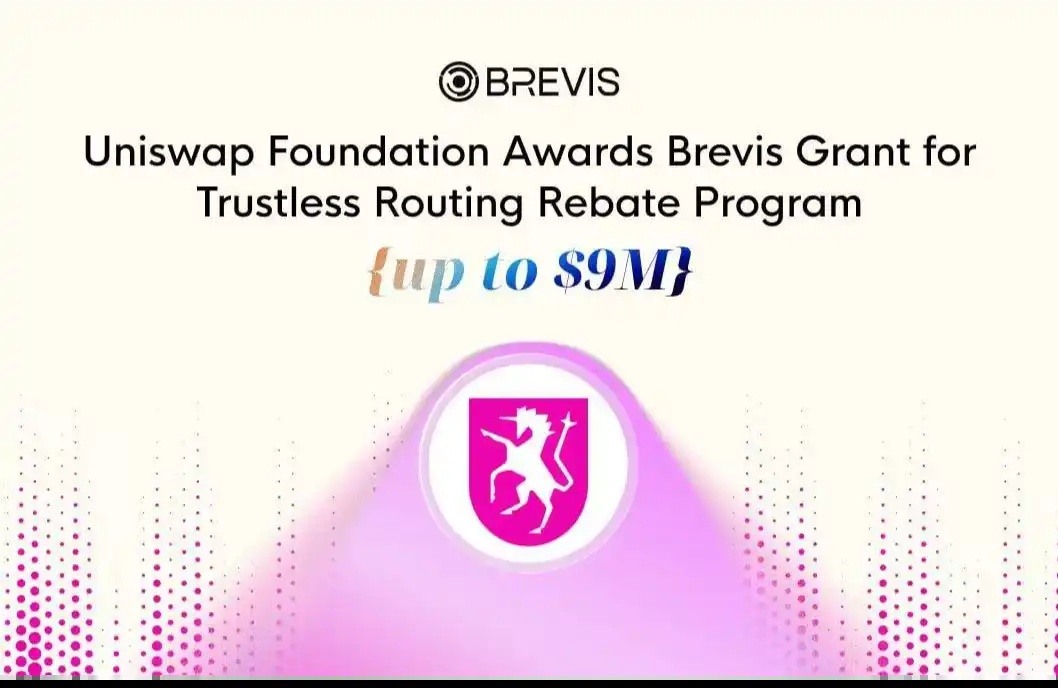Interpreting Vitalik's call for ENS: Establishing standardized specifications for Layer 2 platforms and consolidating control over decentralized applications.
Original author: Haotian
Editor's note: On January 3rd, Vitalik Buterin stated that all Layer 2 solutions should run on (untrusted, Merkle-proof-based) CCIP parsers so that we can directly register, update, and read ENS domain names on Layer 2, emphasizing the importance of ENS. In response, crypto researcher Haotian provided his interpretation on X, and BlockBeats has compiled the full text as follows:
Many people think that @VitalikButerin's forwarding of the Layer2 data parsing solution for ENS is a grand narrative for the newly added ENS, but it is not necessarily so.
If you carefully analyze the Layer2 integration strategy provided by @ensdomains, you can understand Vitalik's intention: to further shrink Ethereum's control over Layer2 DA. Why? Next, let me briefly analyze:
ENS domain name service will define a set of interaction logic. Users only need to enter a short domain name to automatically connect to the associated long address of the ENS smart contract, solving the pain point of complex and difficult-to-remember EOA addresses that are not easily identifiable.
It should be said that the ENS domain name service is more aimed at the future expansion market with larger user traffic, especially some Mass Adoption user groups. Layer2 is the future of Ethereum's expansion and absorption of large traffic. If ENS's domain name resolution solution cannot cover Layer2 and only stays at the Ethereum mainnet level, it will be difficult to open up imagination space.
Based on this background, ENS will naturally consider providing a complete set of data parsing solutions for Layer2, allowing users to directly perform domain name resolution and data retrieval on Layer2, reducing their dependence on their respective Layer2 biased centralized gateways.
In short, this solution allows users to use ENS domain names in a decentralized and secure manner on various Layer2 networks without the need for intermediaries.
How to do it?
1) ENS has designed a "Layer Bridge" with interopeablity capabilities, allowing various Layer2 solutions to retrieve and effectively verify Ethereum mainnet domain name data from off-chain environments. Through this bridging mechanism, domain name data resolution functionality between various Layer2 solutions and the mainnet is connected, enabling the safe use of ENS short domain names on Layer2 solutions.
2) The EIP3668 mentioned in the document will ensure that domain names used on Layer2 chains can be correctly verified by the mainnet smart contract, avoiding domain name misuse. EIP5599 relaxes the previous requirement that domain name resolution must interact with the ENS smart contract, allowing resolution tasks to be delegated to external systems (Rollup contracts), greatly enhancing the parallel processing capabilities of domain name resolution.
It is not difficult to see that, in order for users to use ENS domain names normally on layer2, they need to call and verify global data on the Ethereum mainnet.
This means that in order to enjoy the services provided by ENS, one must adopt the orthodox Ethereum Data Availability capability, and Layer2 solutions that take shortcuts by relying on OP Stack and place DA on third-party DA platforms such as Celestia will not be compatible with ENS.
At this point, it is not difficult to understand Vitalik's intention. I have analyzed in multiple articles before that after the Cancun upgrade, Layer2 will definitely usher in a big outbreak, and various Layer2s will emerge like bamboo shoots after a spring rain. The modular thinking and various Stack component services are breaking the boundaries of the original mainnet providing DA+Layer2 for expansion.
Facing the out-of-control Layer2 domain, Vitalik will try his best to maintain the legitimacy of Ethereum's mainnet DA. His previous call for Plasma+ZK narrative can be seen as a defense of DA legitimacy. This high-profile promotion of ENS Layer2 domain data solution is no different in its intention.
Because only DA data is on the Ethereum mainnet, Ethereum Validators can control the "security" of Layer2 assets. If Validators lose their verification control, Ethereum will become a "bulletin board" for Layer2 release results, and the dependence of Layer2 chains on Ethereum will also weaken. To a certain extent, it is unknown whether these Layer2 platforms are willing to be Ethereum's Layer2. Therefore, Vitalik will try his best to steer the development trajectory of Layer2 towards the orthodox path of Ethereum.
Upon closer examination, the political undertones in the Crypto world have always been strong.
Of course, ENS is regarded by Vitalik as the most successful non-financial application on Ethereum. In addition, ENS can indeed bring a user-friendly experience for blockchain after Mass Adoption, which is in line with the goal of expanding the web3 user base for Layer2 in the future.
Overall, using ENS to establish a set of interactive operability standard specifications for Layer2 platforms, while consolidating DA control, is a brilliant move!
Original Link
Welcome to join the official BlockBeats community:
Telegram Subscription Group: https://t.me/theblockbeats
Telegram Discussion Group: https://t.me/BlockBeats_App
Official Twitter Account: https://twitter.com/BlockBeatsAsia


 Forum
Forum Finance
Finance
 Specials
Specials
 On-chain Eco
On-chain Eco
 Entry
Entry
 Podcasts
Podcasts
 Activities
Activities
 OPRR
OPRR









